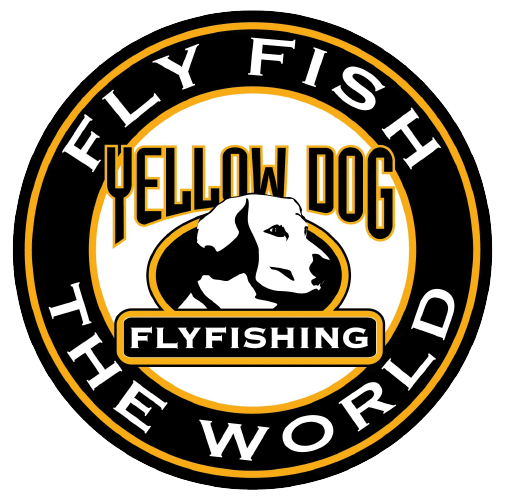Alaska Steelhead Fact Sheet
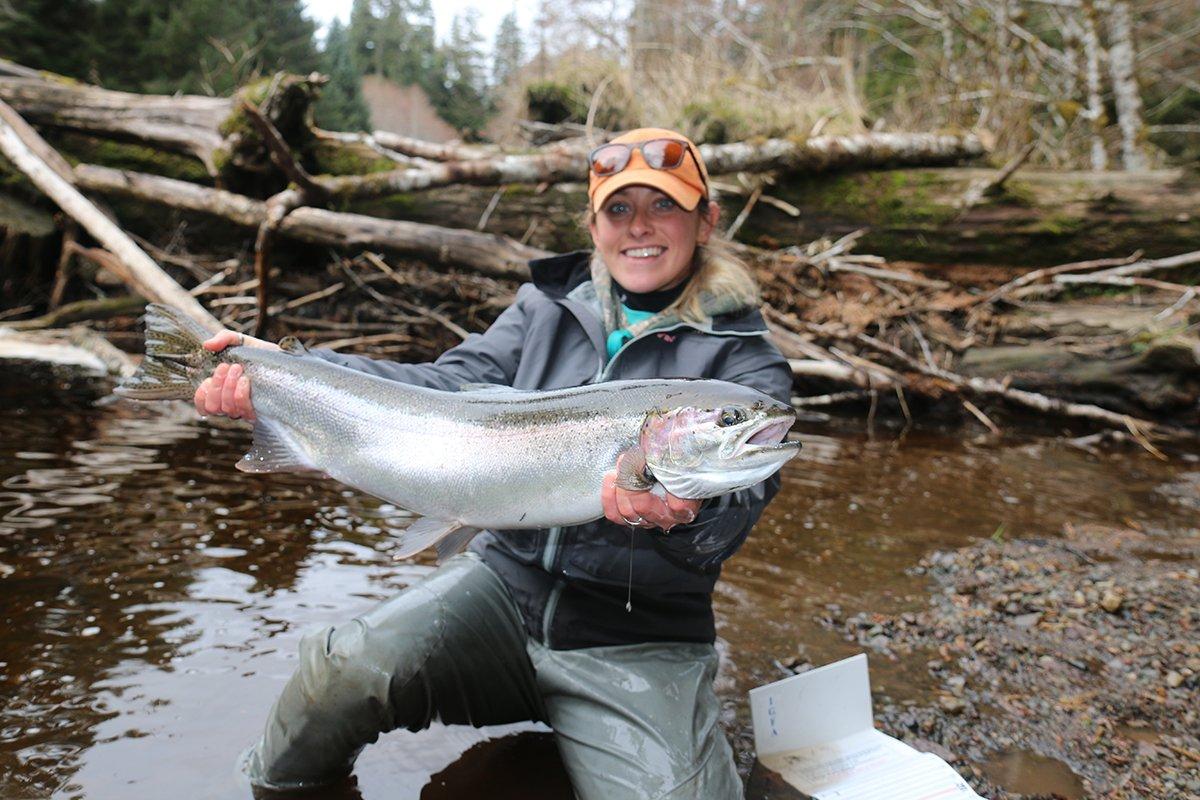
Steehead Names
Why is it Called a Steelhead?
The name "steelhead" comes from the fish's distinctive appearance. Steelhead trout have a sleek, silvery color that looks a bit like steel, especially on their head and body. This shiny, metallic look makes them stand out, and that's how they got the name "steelhead."
What Kind of Fish is Steelhead?
Steelhead is a type of trout that's related to salmon. They are born in freshwater streams but spend a large part of their lives in the ocean. What's interesting is that they return to the freshwater where they were born to lay their eggs, just like salmon do.
Steelhead Fish Color & Markings:
Adult steelhead have two very different physical appearances. Adult rainbow trout do not.
In the ocean, and for a time after returning to freshwater, steelhead are bright silver in color with some irregularly shaped spots on their back. They look very much like silver salmon but are generally more bullet-shaped.
In freshwater steelhead turn darker in color. The color ranges from steely blue to olive green. They develop a bright red/pink cheek and a lateral line that extends down the body. They also become heavily spotted with irregularly-shaped dark spots that extend along the body from the top of their head to the base of their tail, and from their backs down their sides past the lateral line.
Once they have lost their silver color, steelhead, become very difficult to differentiate from their mature rainbow trout siblings.
How Big Do Steelhead Fish Get?
The Alaska record steelhead was a 42lb 3oz monster caught near Prince of Wales Island in 1970. Realistically, you can expect, to catch steelhead ranging from 20-34 inches and weighing 8-12 lbs. An 18-20 lb steelhead would be the fish of a lifetime.
We visited Boardwalk during Steelhead season. It was a once in a lifetime trip in an incredible location. The lodge is fantastic, but the people there are the best part. I wouldn't book anywhere else!"-Matt Proctor, New Mexico
Steelhead Fishing Season
What Does a Steelhead Fish Look Like?
The classic Red/Pink cheek and lateral line from which they derive the common name "Rainbow Trout."
The primary distinguishing feature between rainbow trout and cutthroat trout is the lack of red slash on the bottom of their lower jaw.
In rivers that provide spawning grounds for both silver salmon and steelhead populations, chrome-colored steelhead returning in the fall can be identified by their white mouth and white gums. (Silver salmon have a black mouth and white gums.)
What are the Different Types of Steelhead Fish?
Steelhead trout are generally classified based on their migration patterns and the timing of their spawning runs. Here are the main types:
Summer Run Fish: These steelhead enter freshwater from the ocean during the summer months but don't spawn until the following spring. They can spend several months in the river before laying their eggs, and they're known for their aggressive nature, making them popular among anglers.
Winter Run Fish: Winter-run steelhead move into freshwater systems in the winter and typically spawn shortly after their arrival. They tend to be larger than summer-run steelhead and can provide exciting fishing opportunities in colder months.
Hatchery Fish vs. Wild Fish: Steelhead are also categorized based on whether they come from hatcheries or are born in the wild. Hatchery steelhead are raised and released into rivers to support fishing industries and conservation efforts. Wild steelhead are born in rivers and complete their entire life cycle naturally. There are ongoing efforts to ensure that hatchery practices don't harm wild steelhead populations.
These distinctions help biologists, conservationists, and anglers understand steelhead behavior and habitat needs, which is crucial for managing and protecting these remarkable fish.
What is the Difference Between Steelhead Trout and Salmon?
Steelhead trout and salmon are both fascinating fish, but they have some differences:
Species Family: Steelhead are a type of rainbow trout that belong to the trout family, while salmon belong to their own family. Despite this, they're closely related and share many similarities.
Life Cycle: Both steelhead and salmon are born in freshwater, migrate to the ocean, then return to freshwater to spawn. The big difference is that steelhead can spawn multiple times in their lives, while most salmon species spawn just once and then die.
Appearance: Steelhead and salmon look different. Steelhead have a more streamlined shape and a silvery color with a pink stripe along their sides. Salmon, on the other hand, can change color dramatically when they return to freshwater to spawn, often turning bright red or pink.
Understanding these differences can help you appreciate the unique qualities of each fish, whether you're fishing, cooking, or simply learning about them.
What is the Difference Between Steelhead and Rainbow Trout?
Steelhead and rainbow trout are actually the same species, but their lifestyles are what set them apart:
Lifestyle: Rainbow trout live their whole lives in freshwater, like rivers and lakes. Steelhead trout start in freshwater, then travel to the ocean as they grow up, and return to freshwater to lay their eggs, much like salmon.
Size and Shape: Because steelhead spend time in the ocean, they often grow larger and have a more streamlined shape than rainbow trout that stay in freshwater.
Color: Both fish can have beautiful colors, but steelhead often have a more silvery look from their time in the ocean, while rainbow trout are known for their vibrant stripes and spots.
Steelhead Life Cycle
Steelhead, on the other hand, have a much more interesting life cycle. In April, they head for the mouth of the river turning into silver-colored smolt. Smolt are the sea-going juvenile form of anadromous fish (fish that migrate from the ocean to freshwater to spawn).
Once in the ocean where food is abundant, steelhead grow at an astounding rate of up to 1 inch every month! The smolt generally spend at least 2 years maturing in the ocean, before returning to their natal waters to spawn.
Steelhead return to their natal waters either in the fall, where they over-winter, or in the spring.
What is the Average Lifespan of a Steelhead Fish?
The average lifespan of a steelhead fish is around 4 to 6 years. Some can live longer, especially if they manage to avoid predators and other dangers in both freshwater and the ocean. Their journey from river to ocean and back again is tough, so not all steelhead live to their full age potential
What are the Predators of Steelhead Fish?
Steelhead trout face several predators throughout their life stages, both in freshwater and the ocean:
Birds: In their early stages, when steelhead are small fish or eggs, birds like herons, eagles, and ospreys can be big threats. These birds swoop down to snatch up young steelhead from shallow waters.
Mammals: Otters, bears, and even seals and sea lions prey on steelhead. Bears are known to catch steelhead in rivers, especially during spawning runs, while seals and sea lions may hunt them in estuaries and coastal areas.
Fish: Larger fish, including other trout species, pike, and bass, might eat young steelhead in freshwater. In the ocean, bigger fish, like sharks and larger species of salmon, can be predators of steelhead.
What is the Habitat of Steelhead Fish?
Steelhead trout have diverse habitats throughout their life cycle, which includes both freshwater and marine environments:
Freshwater: Steelhead are born in the clear, cold streams and rivers of North America, particularly in the Pacific Northwest, including places like the Columbia River and northern California. These freshwater habitats are crucial for their early life stages. They need gravelly riverbeds for laying eggs, and the young fish (fry) rely on areas with plenty of cover, like overhanging vegetation and rocky nooks, to hide from predators.
Ocean: Once they mature, steelhead migrate to the ocean, where they spend a significant part of their lives. In the Pacific Ocean, they roam vast areas, feeding and growing larger. The oceanic phase provides them with abundant food sources, contributing to their size and strength.
Return to Freshwater Habitat: Mature steelhead return to their birth rivers to spawn. They navigate back to the same freshwater habitat where they were born, often overcoming significant obstacles like dams and waterfalls to reach their spawning grounds.
This unique lifecycle, moving between freshwater and saltwater, makes steelhead anadromous fish, similar to salmon. Their habitats must support complex life stages, from egg to spawning adult, requiring conservation efforts to ensure these diverse ecosystems remain healthy for steelhead populations.
What Do Steelhead Fish Eat?
Steelhead trout have different diets depending on whether they're in freshwater or the ocean:
Freshwater: As young fish, or when they return to spawn, steelhead mainly eat insects, small crustaceans, and fish eggs. They might also go for smaller fish if the opportunity arises. The young steelhead, called parr, are especially reliant on the abundance of insects in the streams.
In the Ocean: Once steelhead migrate to the ocean, their diet expands significantly due to the rich marine environment. They eat a variety of food, including squid, small fish, and various types of crustaceans. The ocean's abundant food supply helps them grow much larger than they would if they remained in freshwater.
Steelhead's diet reflects their adaptability and ability to thrive in varied environments, from rivers and streams to the vast ocean.
How to Fish for Steelhead
What Are the Best Times of Year to Fish for Steelhead?
April to mid-May, then October through November (just after the river thaws and just before it freezes again).
What's the Best Fishing Gear for Catching Steelhead Fish?
Fly Rod: Most of Alaska's rivers are fairly narrow (or the distance to the slot, at least, is not far), so you don't need to be an expert long-distance fly caster to be successful fly fishing Alaska's steelhead. If you're fairly comfortable casting and fighting a fish on a fly rod, there's nothing like landing a steelhead this way.
A 9-11ft, 7-8wt fly rod with a good backbone is strong enough for you to safely land even the biggest steelhead yet flexible enough to let the rod do the work for you.
Spinning Rod: If you're not already familiar with fly fishing, a spinning rod set up is likely the best for you. A big trip, to a magical place, to in hopes of landing one of the most notoriously finicky fish is probably not the best time to add the challenge of learning to fly cast.
A 8' 6", 8-12 lb, ¼-¾ oz, spinning rod is a great set-up.
When using a spinning road, you'll also use a float or strike indicator to suspend your terminal tackle in the water (unless you're fishing with a spoon or diver).
What is the Best Tackle for Catching Steelhead Fish?
Types of terminal tackle:
- Jigs
- Spoons
- Beads
- Yarn
- Flies
- Eggs
Flies:
- Streamers: Wooly buggers, Muddlers, and Egg-sucking leaches.
- Egg Patterns: Popsicles, Marabou
- If you're curious, check out Orvis's selection of Steelhead Flies.
Yarn: Threading yarn through an egg loop and trimming up it to form a ball around the shank of the hook is a simple and, often very effective egg mimic for catching steelhead.
Beads: As with yarn and egg patterns, beads mimic the appearance of a stray egg floating along the bottom of the river.
Jigs: The big difference between jigs and flies is that jigs are weighted at the top of the shank. This means that they will sink themselves without the need to add additional weight to the line. As before, they will be dressed to look like eggs or other tasty morsels.
Eggs: Where allowed, these can be a steelhead's favorite meal. Packed with nutrients and high in both fat and protein. Unfortunately, steelhead will often not just bite, but actually swallow eggs, making them a less friendly choice for catch-and-release fishing.
Spoons: While it may seem "old fashioned" it can be very effective, especially for fish who've gotten savvy to every fly, jig, and egg-mimic out there.
Steelhead Fishing Season
What are the Conservation Efforts for Steelhead Fish in Alaska?
In Alaska, conservation efforts for steelhead trout are important to maintain healthy populations of this prized fish. Here's how conservation is approached:
Habitat Protection: Protecting the freshwater habitats where steelhead spawn and grow is key. Efforts include preserving riverbanks, ensuring clean water, and maintaining natural river flows.
Research and Monitoring: Scientists and conservationists track steelhead populations, studying their migration patterns, growth, and health. This helps understand what the fish need and how to protect them.
Regulations: Alaska has strict fishing regulations to protect steelhead. These include limits on how many fish you can catch and keep, rules on when and where you can fish, and what gear you can use.
Education: Teaching anglers and the public about the importance of steelhead conservation helps gain support for protection efforts. This includes how to handle fish gently when catching and releasing them.
Partnerships: Conservation groups, government agencies like the Alaska Department of Fish and Game, and local communities work together. They share knowledge and resources to protect steelhead trout.
These efforts aim to make sure that steelhead trout continue to thrive in Alaska's waters for future generations to enjoy.
What is the Cultural Significance of Steelhead Fish?
Steelhead trout hold a special place in many cultures and have historical significance, particularly in regions of North America:
Indigenous Peoples: For Native American and First Nations communities, steelhead, like salmon, are an important part of their culture and way of life. These fish are not only a vital food source, but also hold spiritual significance, featuring in many traditional ceremonies and stories.
Fishing Communities: In coastal and river communities, especially in the Pacific Northwest and along the Columbia River, steelhead fishing has shaped local cultures and economies. Fishing for steelhead is a revered tradition, passed down through generations, contributing to the social and economic fabric of these areas.
Conservation Movements: Steelhead have become symbols of environmental and conservation efforts. Their need for clean, connected rivers to complete their life cycle has highlighted the importance of healthy waterways. This has spurred conservation initiatives and brought together diverse groups, from steelhead anglers to environmentalists, to work towards preserving river ecosystems.
Recreational Fishing: The challenge and thrill of catching steelhead, known for their fighting spirit, have made them a favorite among anglers. This has fostered a rich angling culture, with its own ethics, traditions, and community, contributing to the cultural tapestry of regions where steelhead are found.
Through these associations, steelhead trout continue to be an important part of cultural heritage and environmental consciousness in regions where they thrive.
Can You Eat Steelhead Fish?
Absolutely, steelhead trout is indeed edible and is considered a great option for meals. It's a popular fish among those who enjoy seafood for its nutritional benefits and versatility in cooking.
What Does Steelhead Fish Taste Like?
Steelhead trout has a taste that's often compared to salmon, with its own unique qualities. It has a mild, delicate flavor that's not too "fishy," making it appealing even to those who might not typically enjoy seafood. The texture is tender and flaky, with a richness that comes from its healthy omega-3 fatty acids.
How to Cook Steelhead Fish
Cooking steelhead trout can be a fun and delicious experience, thanks to its versatile flavor. Here are some ideas on how to cook it:
Grilling: When you grill steelhead, it gets a smoky, rich taste that's perfect for outdoor meals. You can season it with just salt and pepper or a marinade of your choice. Cook it skin-side down first to keep it from sticking, and you'll get a nice crispy skin.
Poaching: For a more subtle and refined flavor, try poaching steelhead in a mixture of water, wine, herbs, and spices. This gentle cooking method keeps the fish moist and tender, letting its natural flavors shine through.
Baking: Baking steelhead is easy and quick. You can add a variety of seasonings and sides like lemon, dill, or garlic butter. Wrapped in foil or placed in a baking dish, steelhead bakes beautifully, retaining its moisture and taking on the flavors you've added.
No matter how you choose to cook steelhead, its mild yet rich taste and flaky texture make it a delightful choice for many dishes. Just remember to cook it thoroughly to an internal temperature of 145°F to ensure it's safe and enjoyable to eat.
Other Steelhead Facts
- Spawned-out steelhead "kelts" return to the ocean exhausted, but very much alive and hungry. With the return to plentiful food in the ocean, they recuperate quickly.
- Adult steelhead may spawn annually, or skip years in between.
- Mature bucks are the most brightly color fish.
Prince of Wales Island Specific
There are no rainbow trout in the rivers and streams of Prince of Wales Island, so you can rest assured your steelhead, no matter how darkly colored, is indeed a steelhead.
All POW steelhead are native fish; there are no stocked rivers in Alaska.
Where to Fish for Steelhead
When fishing for steelhead on Prince of Wales Island in Alaska, you'll find some great spots. The island is known for its beautiful rivers and streams that are perfect for steelhead fishing. Some popular rivers on the island where anglers often go to catch steelhead include the Thorne River, the Klawock River, and the Harris River. These rivers offer a good mix of wild steelhead runs.
Hens build their redds (nests) in open sunny spots on gravel beds. After laying her eggs and burying them, the hen will often stay and guard her nest. In the spirit of good stewardship and preserving the health of POW and all of Alaska's native steelhead runs, please consider leaving these hens alone.
NOTE: Steelhead fishing trips at Alaska's Boardwalk Lodge are all-inclusive. We provide all the necessary gear, tackle, bait, licenses, stamps and tags required for your fully-guided sport-fishing adventure with us. Additionally, we stay up-to-date on all fishing regulations for our area including any daily emergency orders that may affect your fishing trip, so you don't have to.
What are the Regulations for Fishing Steelhead Fish in Alaska?
In terms of regulations, Alaska is one of the most confusing places to fish. Bag limits, fishing techniques, and even bait/tackle regulations, for any given fish species (except halibut) can vary from location to location. Depending on the body of water, and what species you are fishing, regulations can even change from day to day. Always be sure to check the regulations for every day and every area you fish. You, the angler, are responsible for knowing and following all fishing regulations including any daily changes released as emergency orders. You can find the emergency orders for Prince of Wales Island here. And for the rest of Alaska, you can select your region on this map.

Support
Best Alaska Fishing
Boardwalk Lodge Supports
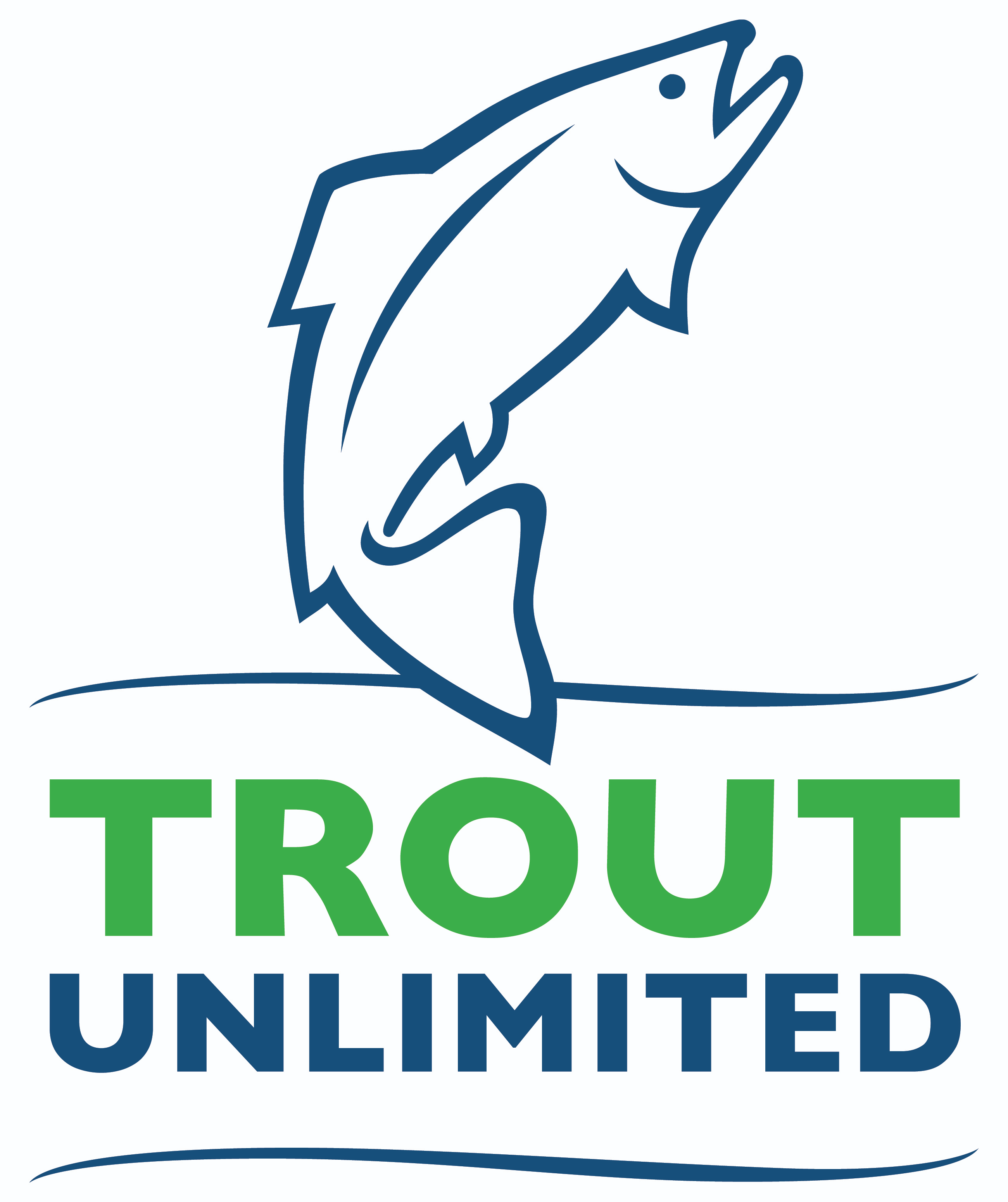



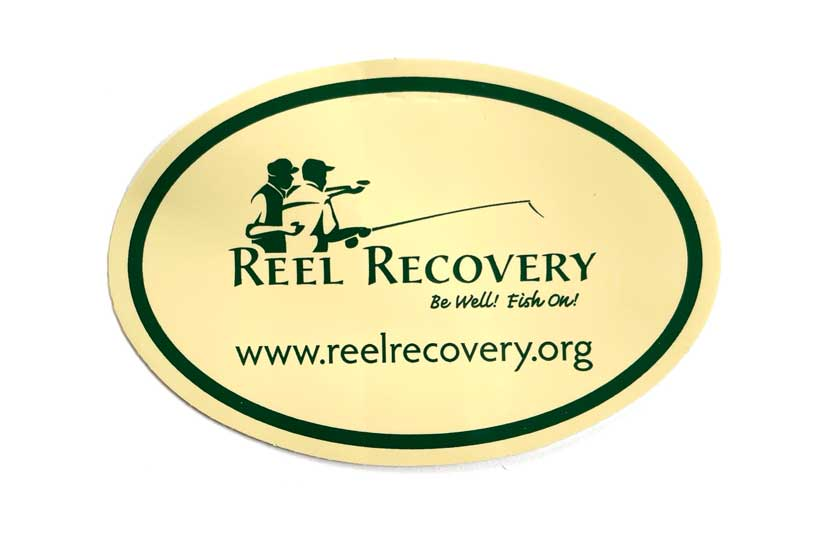


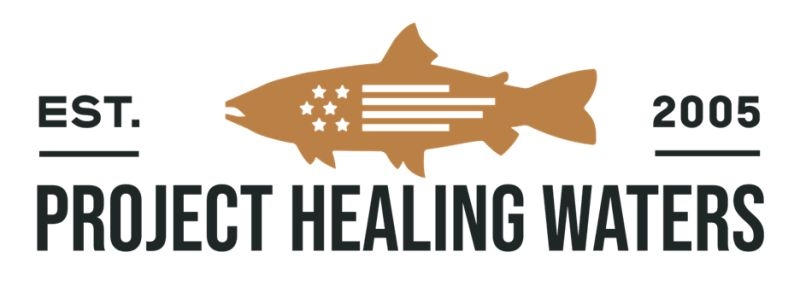

Our Partners




